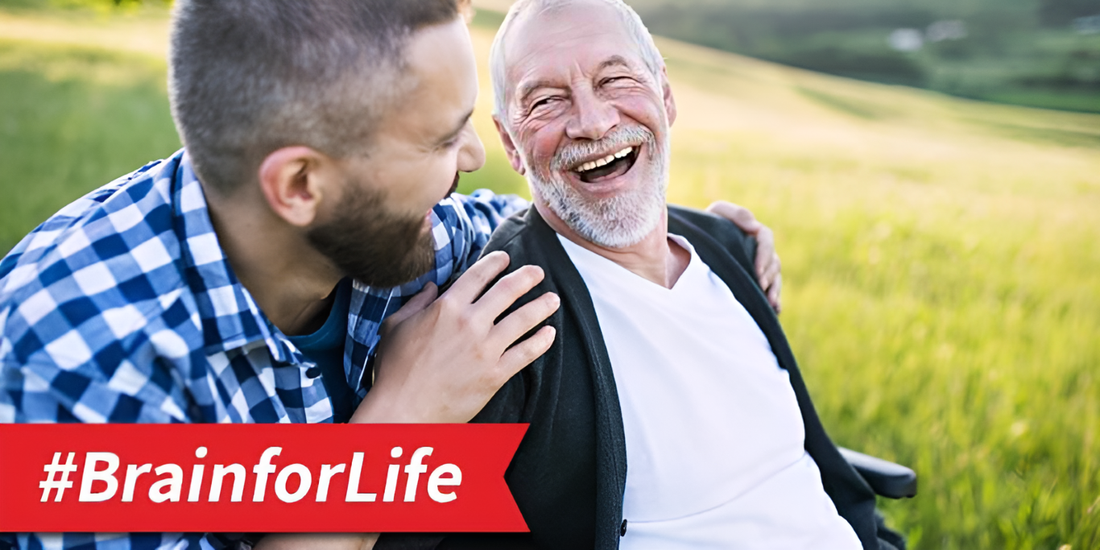For most individuals, strokes occur suddenly and without warning, often leaving victims and their loved ones searching for answers and solutions
When you rush to the hospital, there’s a wave of emotions, and while you’re there you follow every direction the physician gives you. It’s an overwhelming flurry of activity, where you may be trying to understand the physical impacts the stroke has made on your mobility. When it’s time to be discharged, it’s common to feel at a loss when trying to understand what accessibility equipment you’ll need at home. To help you and your loved ones, we’ve gathered some tips from the National Stroke Association as well as guidance on how where to find the home safety solutions you need.
Why is Home Safety so Important?
According to the National Stroke Association, over 795,000 people in the U.S. suffer from strokes every year, with 610,000 of those being the first occurrence. There is evidence that as many as 73% of stroke survivors have a fall within the first year. They have also noted that “40 percent of all stroke survivors suffer serious falls within a year after their stroke.” This is due to a variety effects a stroke can have, including reduced perception, delayed coordination, decreased strength, decreased balance, and limited sensation. Falls are associated with an increased risk of mortality, both from the possible injuries suffered from a fall as well as being an indicator of poor overall health progression. Preventing falls in the home is one of the best ways to keep someone safe as they progress on their path toward healing.
Safety Issues for Stroke Survivors
Stroke survivors are more vulnerable to accidents inside their own homes than prior to the medical episode. This may be due to the type of stroke they had, the level of injury to their brain, and their overall health. Many tasks an individual considered “easy” before a stroke could prove to be very difficult during recovery. Everything from asking a question to using a fork can be affected due to the complexity of the brain. The possible short- or long-term effects create an increased risk of falls, even in a familiar space. The recovery period after a stroke is so important because individuals need time to participate in therapies and provide their bodies time to relearn or adapt. Stroke survivors are often faced with a number of factors that increase their fall risk, including:
- Weakness
- Paralysis
- Loss of balance & coordination
- Pain or numbness
- Memory loss
- Fatigue
- Bladder or bowel problems
How to Create a Safe Home for Recovery
Depending on the symptoms an individual experiences after a stroke, safety precautions can be taken through developing new habits or purchasing assistive technology to help with mobility. Whether you live in a house, an apartment, or another type of facility, creating safe and functional adaptations is a priority. Here are a few habits that every survivor and their family should commit to:
- Always keep a clear path to the bedroom, bathroom, and kitchen
- Wear non-skid shoes, even indoors, and avoid slick surfaces
- Remove loose carpets or runners or secure them to the ground to improve traction
- Use handrails for support going up and down the stairs at all times
- Participate in physical, occupational, and speech therapies, including any home exercise programs provided
In addition to these habits, equipment might be necessary to assist individuals who have suffered from a stroke. Equipment can help survivors maintain their independence while also ensuring a caregiver is not overstrained when assisting. Here’s some equipment to consider:
- A toilet incline lift
- Hand-held reachers or grabbers
- Electric toothbrushes and razors
- Long-handled brushes and washing mitts
- Bathing accessories
- Bathroom grab bars
- Door threshold ramps
- A mat for traction in the bathtub
- A wheelchair ramp for the home’s entry
- Portable ramps
To get more information on solutions to keep your home safe and accessible, take a look at our residential products designed for home safety. Our expertise in residential ramps, threshold plates, and other access solutions will help you toward the goal of easier mobility. Create a plan with your physician on how to reduce your fall risk, and turn to EZ-ACCESS® when that calls for accessibility solutions!
If you have questions, don’t hesitate to call us today!

